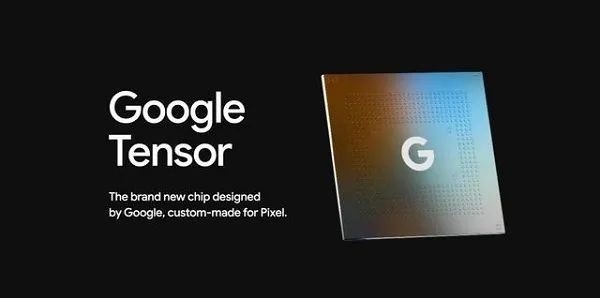In the fierce competition of global semiconductor technology, TSMC's 3nm process technology is undoubtedly a dazzling star. Google's Tensor G5 chip, as a new star in the field of smartphone chips, with the blessing of TSMC's 3nm process, indicates that smartphone performance will enter a new height. China Exportsemi Net will try to deeply explore the strategic significance behind this technical cooperation and its far-reaching impact on the future development of the industry.
TSMC 3nm process technology: the industry benchmark
TSMC's 3nm process technology has become a new benchmark in the field of global semiconductor manufacturing with its excellent performance and energy efficiency ratio. Compared to the 5nm process, the 3nm process offers a 60% increase in logic density while reducing power consumption by 30-35% at the same speed. This technological breakthrough not only greatly improves the performance of chips, but also achieves a qualitative leap in energy efficiency, bringing unprecedented computing power to mobile devices such as smartphones.
Google Tensor G5 chip: a combination of performance and innovation
Google's Tensor G5 chip, based on TSMC's 3nm process technology, is expected to provide strong power for next year's flagship smartphone. According to Taiwanese media "Business Times", the Tensor G5 chip has successfully entered the tape-out stage, which marks Google's further deepening in the field of chip design, and also indicates that its competitiveness in the smartphone market will be significantly improved.

Figure: Google's first self-developed smartphone chip may use TSMC's 3nm technology to tape out
Industry Trends and Market Impacts
With the growing performance demand of smartphones, the application of 3nm process technology will become the new standard in the industry. Chip giants such as Qualcomm and MediaTek have also chosen to adopt TSMC's 3nm process, a trend that will promote the entire industry to a higher level of technological development, while also intensifying market competition. The advent of Google's Tensor G5 chip will undoubtedly bring new vitality to the smartphone market.
Google's strategic layout and future outlook
Through the cooperation with TSMC, Google is not only able to improve the performance of the Tensor G5 chip with the help of the 3nm process, but also strategically demonstrates its importance to semiconductor technology. Although Google may have a gap with Apple, Qualcomm, etc. in terms of SoC architecture, the application of the 3nm process is expected to narrow this gap and even surpass it in some aspects. Google's strategic layout will further consolidate its leading position in the smartphone market.
Overall, the combination of TSMC's 3nm process technology and Google's Tensor G5 chip is an important breakthrough in the semiconductor industry. It not only brings new vitality to the smartphone market, but also points out the direction for the future development of the entire semiconductor industry. With the continuous advancement of technology and the continuous expansion of applications, we have reason to believe that this will be a powerful driving force to drive the industry forward.
China Exportsemi Net believes that this cooperation is a key step in Google's strategic layout in the hardware field. By adopting the most advanced process technology, Google can not only improve the competitiveness of its own products, but also occupy an advantageous position in the competition with competitors such as Apple and Samsung. At the same time, this also reflects that the semiconductor industry is gradually developing in the direction of smaller processes and higher integration, and TSMC will continue to play a leading role in the industry with its technological advantages. However, with the advancement of technology, how to balance performance improvement and cost control will be a challenge for all semiconductor companies.






